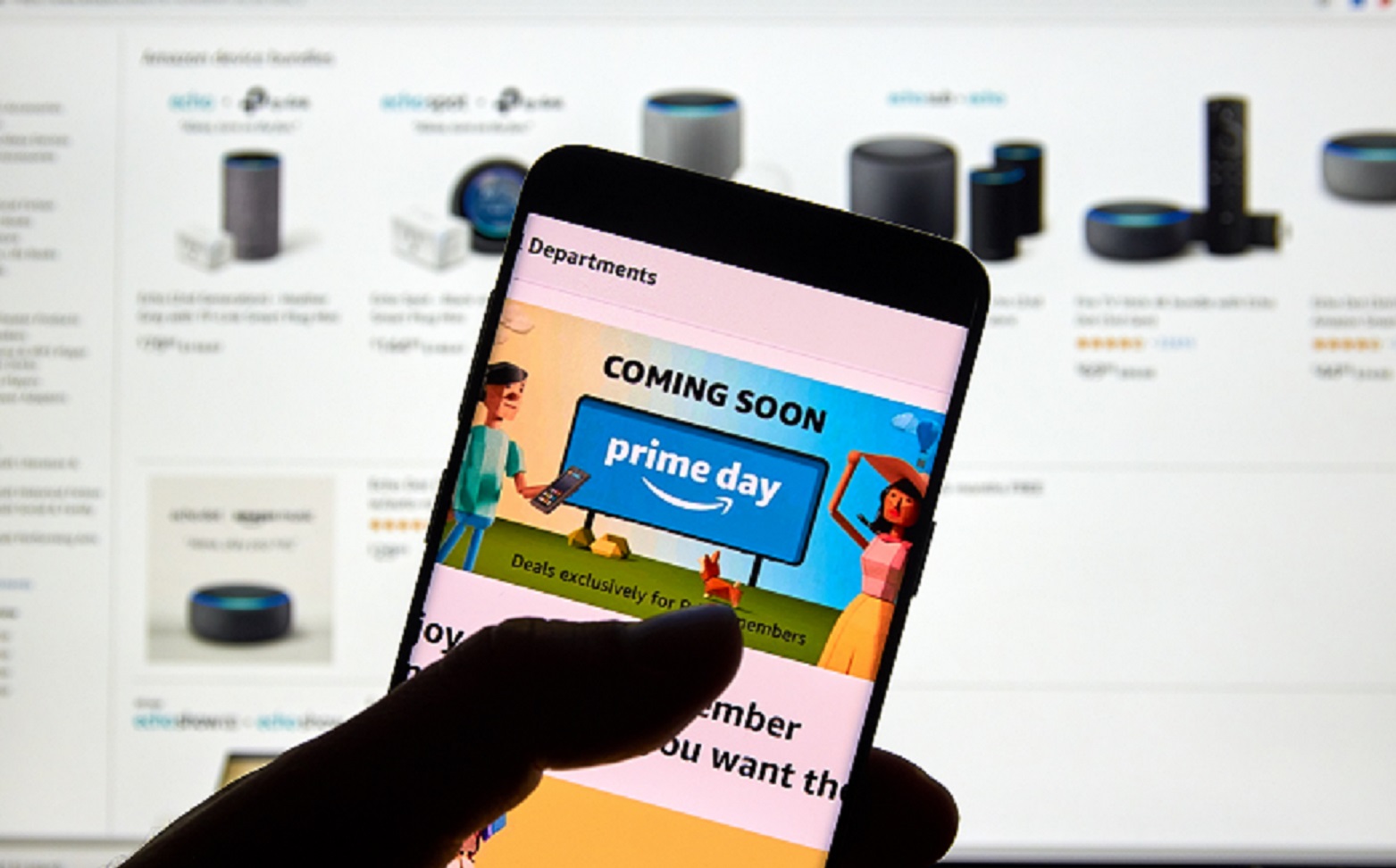What Advertisers Should Know About Google’s New Ad Blockers

April 13, 2018 | Article written by Carly Morris
69% of participants in a Google survey said that they were motivated to install ad blockers by annoying or intrusive ads, which sounds like it doesn’t bode well for advertisers.
Luckily Google has leveraged the Coalition for Better Ads (CBA) to enforce various rules and regulations to improve the quality of ads for users, thereby making ads more effective for advertisers. A win-win for internet users and advertisers!
Advertisers may be scratching their heads trying to figure out how more rules and regulations on their ads could be a good thing. Well, allow us to explain.
First Off, What Is the CBA?
If you’re unfamiliar with the Coalition for Better Ads (CBA), let us introduce you to who they are and what they do. The CBA consists of members and a committee of industry professionals that use consumer insights and cross-industry information to implement new global standards for online advertising to meet the needs of internet users. Simply put, they make sure we have a better online ad experience.
This might sound like the CBA is only on the user’s side, but their regulations can be helpful for advertisers too. Trust us!
Think of it like dating. If you had an annoying habit that kept pushing people away, wouldn’t you want to know what it was?
The CBA tells advertisers their annoying habits, eliminates them, and then increases their chances of landing a second date – or in this case, positive ROI on their ad. Too bad there’s not a Coalition for Better Dating.
How Is Google Involved With the CBA?
Earlier this year, on February 15th, Google started blocking all ads on sites that consistently violated standards created by the Coalition for Better Ads on its browser, Google Chrome.
What Kinds of Ads Will Be Blocked?
Sticking to the dating comparison, no one wants to go on a first date, think it went well, and then find out their date blocked their number and never wants to see them again.
In the world of advertising, 50% of users surveyed said they wouldn’t revisit or recommend a page that had a pop up ad. Here’s a few other examples of what will get your ad blocked or removed by Google:
● Full-page ads
● Ads with autoplaying sound and video
● Flashing ads
● And more
How Do You Know If Your Ad Is Compliant With CBA Standards?
To make it easy, Google created a tool called the Ad Experience Report that tells sites whether or not they’re complaint with CBA standards. They have yet to create a tool that tells you when you’re bringing up your ex too much on a first date.
If your site’s report delivery says “Warning” or “Failing” that means it’s time to visit the self-help section…and fast. Chrome removes ads from sites that have a “failing” status in the Ad Experience Report for more than 30 days.
But you won’t have to dig deep into your soul to find out where these issues derive, the report clearly lists a brief definition and the URL of the page where the problem was found and provides solutions to fix them.
The Future of Online Ads
Advertisers want to make sure that the types of ads they are creating are evolving with the needs and trends of users around the world. So, how can you take advantage of big data, comply with CBA standards, and effectively reach your target audience? Here are a few topline rules:
1. Keep It Real
Make ads that you’d want to see. Would you want to browse the web and suddenly be struck with flashy video and rapid music? Unlikely. Remember to play it cool; simple and non-intrusive ads are well-received. 85% of mobile users said that anchor ads (ads that stick to the bottom of your screen as you scroll) are just a little annoying or not annoying at all.
2. Stay on Top of Advertising Trends
Constantly research best practices and be aware of new rules that the CBA is putting into place.
3. Leverage Third-Party Advertising Technology
Partners that have the ability to create data-driven ads that effectively reach the right audiences are key to staying afloat in the new UX-centric world of digital advertising.
At Taptica, we focus mainly on in-app and mobile web, meaning that by nature these ads are less invasive than a big placement on desktop. However, that’s not to say ads on mobile can’t be intrusive. That’s why we always aim to stay on top of standards for better ads to ensure we’re leveraging the same data that best reaches audiences.
If you’re interested in getting a report, visit an Introduction to the Ad Experience Report to get started!


